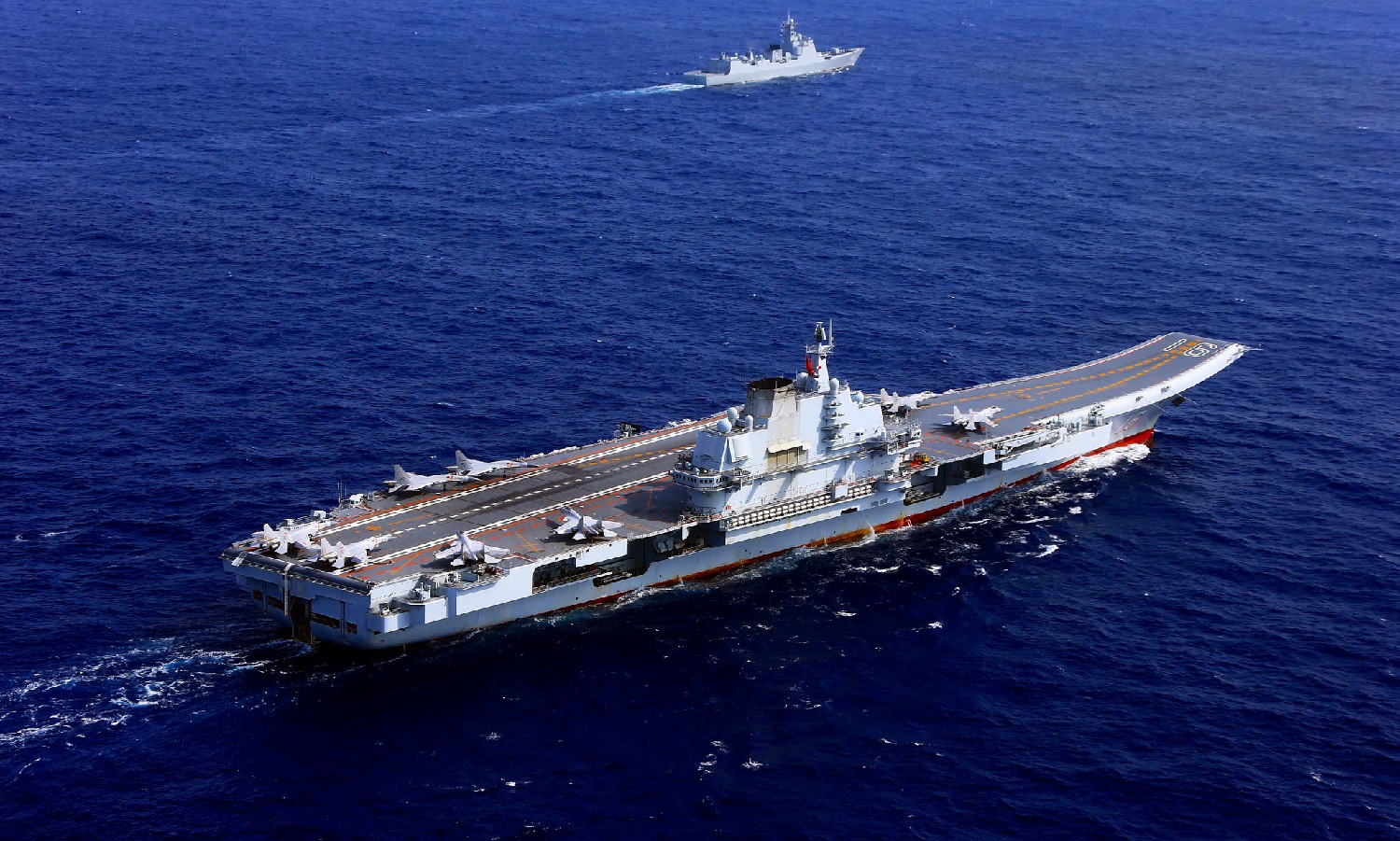(Opinion) The tensions across the Taiwan Strait are not new, but the past year has marked a clear escalation, seemingly stoked by the visit of then-U.S. House Speaker Nancy Pelosi to Taiwan, a move that Beijing undoubtedly saw as a provocation.
China’s response, as examined in a recent Nikkei analysis with drone imagery and specialist input, shows a significant rise in military activities, most notably around Taiwan.
Before Pelosi’s controversial visit, China’s military activities to the east of Taiwan were sporadic; the main operations happened southwest of the island.
But the pattern seems to have alarmingly changed over the past year, according to Nikkei.
It appears that China is boldly flexing its military muscles in the disputed South China Sea and the Western Pacific, with Taiwan trapped at the center of this daunting power display.
China’s first domestically developed aircraft carrier, the Shandong, was dispatched to the Western Pacific for takeoff and landing drills, just one of many maneuvers signaling China’s escalating military capabilities and ambitions.

Another significant display was when the Liaoning, a Soviet-era carrier refitted by the Chinese, was seen conducting exercises east of Taiwan.
Even more telling is the dramatic surge in the deployment of Chinese military aircraft to the east of Taiwan since March.
What used to be occasional flyovers have rapidly escalated to regular sorties, indicating a clear shift in China’s approach towards Taiwan.
Yet, China is not alone in these power plays, as Russian forces have also been spotted in the region.
One can’t help but speculate if there’s a coordinated game plan here.
Some analysts interpret these maneuvers as China’s preparation for a potential “blockade of Taiwan.”
Experts argue that China, with its dominating maritime presence in the East China and South China seas, has all the cards it needs to implement a blockade, effectively isolating Taiwan from three directions.
It is noteworthy to mention the increase in the number of Chinese military planes circling Taiwan, which seems to point towards China’s preparedness for a potential showdown.
Taiwan, once lauded for its formidable defenses thanks to the island’s challenging terrain and technological advancement, now faces an increasingly precarious situation.
Improved Chinese weaponry and the looming threat of electronic warfare pose new challenges.
China’s aggressive posturing naturally raises questions about the potential role of Taiwan’s allies – Japan, the Philippines, South Korea, and, of course, the United States.
As China’s assertiveness grows, these nations have been strengthening their military ties with Taiwan.
For example, the U.S. pledged a five-year military support package worth up to US$10 billion for Taiwan in the National Defense Authorization Act for fiscal 2023.
In light of these actions, a military confrontation seems worryingly possible. However, it is critical to remember that these interpretations are speculative.
The fluidity of geopolitics means that the future course of action will greatly depend on strategic decisions by the involved countries, any of which could significantly alter the outcome.

